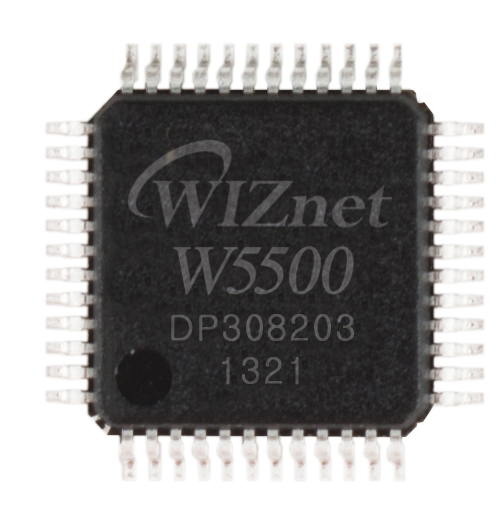STM32_Weather_Server
STM32_Weather_Server

1. Project Overview
The STM32 Weather Server is an embedded systems example project that demonstrates how to create a simple HTTP server running on an STM32 platform.
It measures temperature and pressure using the BMP180 sensor and serves the data through the W5500 Ethernet controller.
Key components:
STM32F401RE Nucleo board (MCU)
BMP180 I2C sensor (temperature/pressure measurement)
W5500 SPI Ethernet controller (TCP/IP communication)
(GitHub Repo)
2. Main Features & Structure
main.c: System initialization and main loop
BMP180 driver (BMP180.c / .h): Non-blocking state machine using I2C interrupts
W5500 driver (w5500_dma.c / .h): DMA-based SPI communication and TCP server logic
HTTP server (httpserver.c / .h): Simple HTML template and HTTP response handling
UART debug (uartCom.c / .h): Optional debugging output
3. How It Works
The project is built on two main state machines:
BMP180 State Machine – Handles step-by-step readings of temperature and pressure using I2C interrupts and timers.
W5500 State Machine – Runs the TCP server workflow: initialization → listen → send data → reset to initial state.
This architecture enables reliable integration of sensor measurement and Ethernet communication.
4. File Structure Summary
main.c – Project entry point
BMP180.c/h – Sensor driver
w5500_dma.c/h – Ethernet driver
httpserver.c/h – HTTP server logic
uartCom.c/h – Optional UART debugging
5. Tech Stack
Languages: C (87.4%), Assembly (12.6%)
Development Tools: STM32CubeIDE
Libraries: HAL Drivers
6. Applications & Extensions
Building an IoT weather station
Creating a real-time sensor monitoring server
Learning embedded HTTP server development on STM32
Extensible to support more sensors, UI enhancements, or cloud integration
Additional Note
In addition to source code examples, this project also provides:
STM32CubeMX project files for easy setup and regeneration
A Keil project built with WIZnet ioLibrary integration for W5500
This makes the project suitable for both STM32CubeIDE and Keil environments, offering flexibility for developers to build and run the example across different toolchains.

